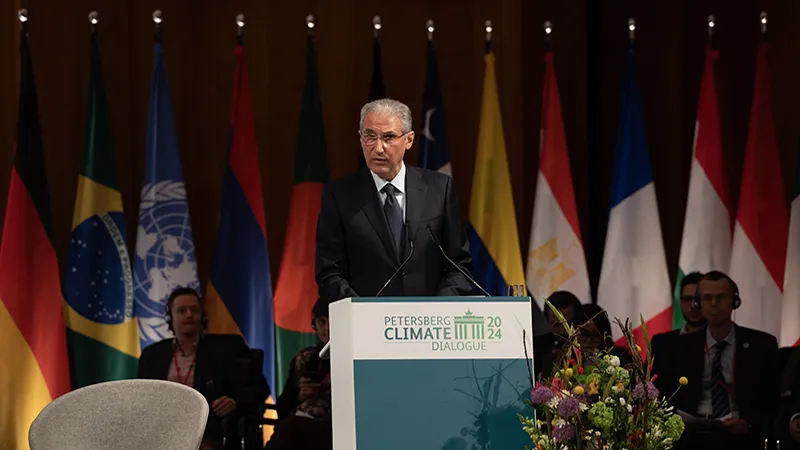As new climate commitments are being made at COP28 in Dubai, it is predicted that 2023 will go down as the hottest year ever recorded. And despite earnest efforts made at the previous Conference of the Parties (COP) meetings, we find ourselves falling short on past commitments to combat climate change.
Private-sector participants in the investment and wealth sectors — including individual investors, asset managers, foundations, and investment advisors — can help to close the chasm that exists between the recognised need and the inadequate and disproportionate public funding for climate adaptation.
This gap leaves the most vulnerable communities perilously exposed to the catastrophic impacts of climate change. Low-income communities, especially those in coastal and agrarian regions, are disproportionately affected by climate change driven floods, fires, droughts, and rising sea levels.
The funding gap must be bridged with innovative solutions that prioritise climate justice. Investors can lend support to the development of more equitable climate finance solutions in ways that are integral to their ongoing business activities. For example, many investment-industry participants can find ways to support one or more of the following needs, all of which accommodate private investment and prioritise disadvantaged communities:
- Renewable energy projects in underserved communities. Simultaneously reduce emissions and provide economic opportunities and energy independence.
- Green affordable housing. Enhancing living conditions of low-income individuals and families while also curtailing carbon emissions.
- Climate-resilient agriculture initiatives. Empowering small-scale farmers to adapt to climate change, enhance food security, and decrease emissions.
- Sustainable infrastructure in coastal areas. Safeguarding coastal communities, preserving natural ecosystems and protect vulnerable populations.
- Microfinance for climate adaptation and mitigation. Empowering local communities and nurturing climate resilience.
- Gender-inclusive climate investing. Addressing the disproportionate impact of climate change on women.
Framework for action
Naturally, fund managers, wealth managers, foundations and other investors all have different scopes of activity and will address climate justice priorities in different ways. That said, there are actions all participants can take — granted, to varying degrees — regardless of what part of the investment industry they work in.
Here are four action steps US SIF suggests incorporating into firms’ ongoing processes with respect to investment or manager due diligence, vendor selection, advocacy and more.
- Seek out blended public-private finance opportunities designed to advance climate action, improve social equity, and increase community voices with the aim of catalysing market momentum and directing intentional capital.
- Invest in grassroots collaborative movements that aim to address the root causes of climate social inequity through funds focused on adaptation, capacity building, and resilience.
- Engage with governments to ensure that a Just Transition is included in their climate transition plans and forms a part of the narrative of their nationally determined contributions (NDCs) and long-term strategies.
- Provide feedback through formal consultations with local investable markets on how they analyze and incorporate climate justice risks into their business and investment decisions.
All of these connect naturally to the broader objectives — which many firms already pursue — of prioritizing human rights and fair working conditions.
Beyond the gap
Private action will remain essential regardless of the outcome of COP28 with respect to public funding commitments. For one thing, the gap between public commitments and demonstrated need is too large. But that’s not the only factor. There’s also an ethical duty to help: Because the investment and wealth industry is positioned to do so, it must.
Investors can positively impact climate justice across a variety of approaches. They can embrace relevant industry frameworks for action and, in so doing, find opportunities to further amplify their impact through collaboration.





